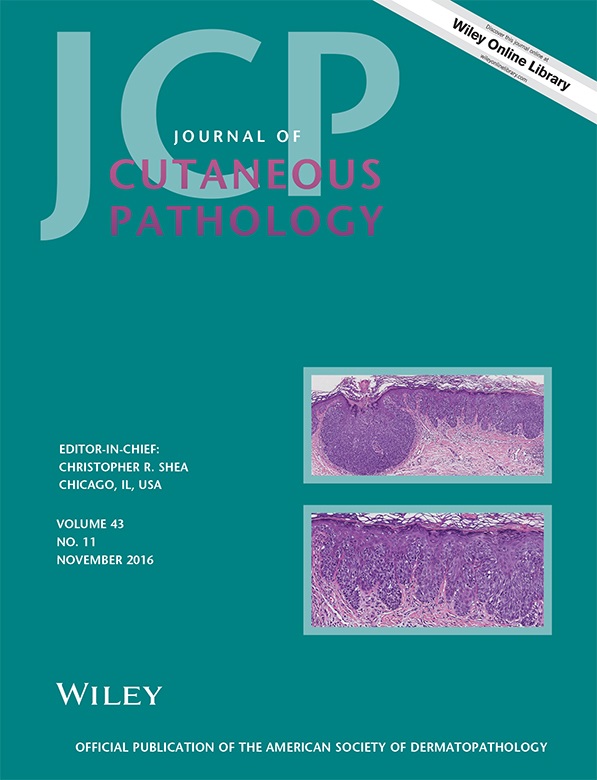Perforating pseudoxanthoma elasticum with secondary elastosis perforans serpiginosa-like changes: dermoscopy, confocal microscopy and histopathological correlation
Abstract
Pseudoxanthoma elasticum is a rare congenital inherited elastolytic disorder that has sometimes been observed in association with transepidermal elimination of altered and calcified elastic fibers resulting in elastosis perforans serpiginosa-like changes. In this case, histopathology is usually performed to rule out other conditions. The case of a 38-year-old woman with two slowly enlarging asymptomatic plaques occurring on the neck and surrounded by coalescing yellowish papules with a typical cobblestone appearance, evaluated by polarized light dermoscopy and reflectance confocal microscopy with histopathologic correlations, is described. Noteworthy, with reflectance confocal microscopy, the transepidermal elimination of the altered elastic fibers in the plaques was detected as hyperreflective material filling the dermal papillae, whereas the transversal cleavage of the calcified elastic fibers yielded a peculiar ‘eggs-in-the-basket’ feature.




